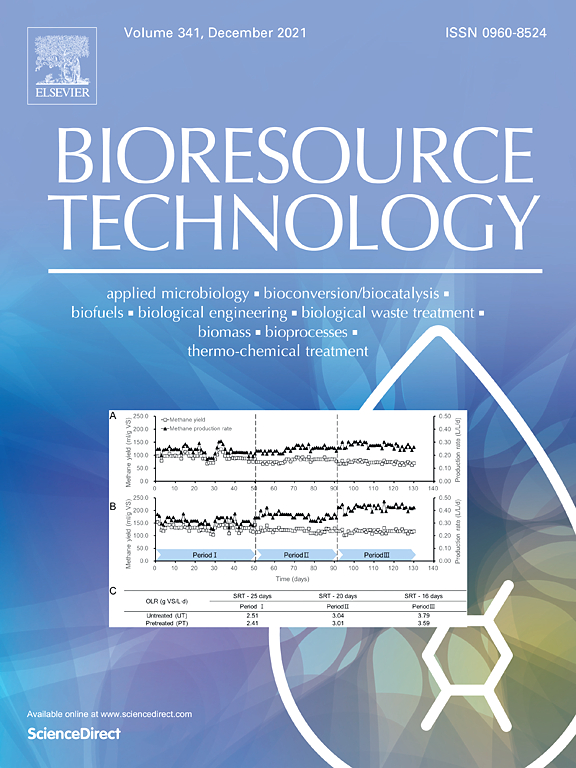Astaxanthin is a valuable and highly demanded ketocarotenoid pigment, for which the chlorophycean microalga Haematococcus pluvialis is an outstanding natural source. Although information on astaxanthin accumulation in H. pluvialis has substantially advanced in recent years, its underlying molecular bases remain elusive. An integrative metabolic and transcriptomic analysis has been performed for vegetative Haematococcus cells, grown both under N sufficiency (green palmelloid cells) and under moderate N limitation, allowing concurrent active cell growth and astaxanthin synthesis (reddish palmelloid cells). Transcriptional activation was noticeable in reddish cells of key enzymes participating in glycolysis, pentose phosphate cycle and pyruvate metabolism, determining the adequate provision of glyceraldehyde 3 phosphate and pyruvate, precursors of carotenoids and fatty acids. Moreover, for the first time, transcriptional regulators potentially involved in controlling astaxanthin accumulation have been identified, a knowledge enabling optimization of commercial astaxanthin production by Haematococcus through systems metabolic engineering.
https://doi.org/10.1016/j.biortech.2021.125150

Ana B. Romero Losada



